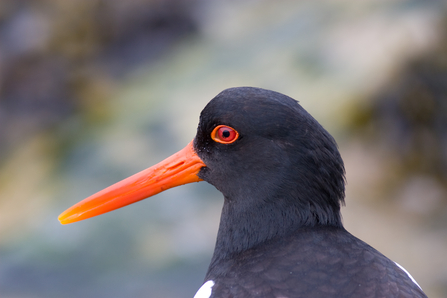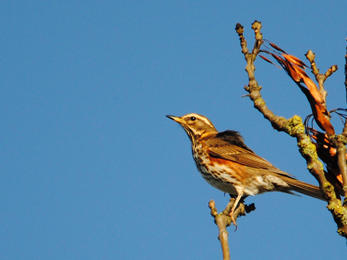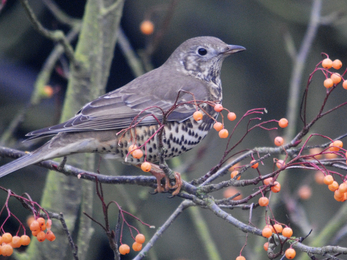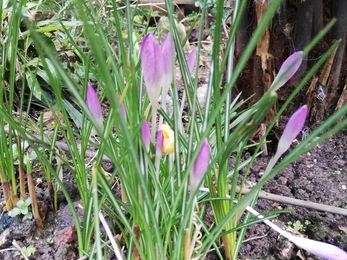Winter:
The crackle of melting frost is almost audible as the sun rises over the school field. If you get here early enough, it’s an Arctic savannah.
Brent geese, a diminutive member of the goose family, flood the rye-grass plains like wildebeest, shuffling and croaking their way through the sward, backlit in a kaleidoscope of stark, icy blues. The adjacent harbours home to 10% of the world’s population of brents in winter.










